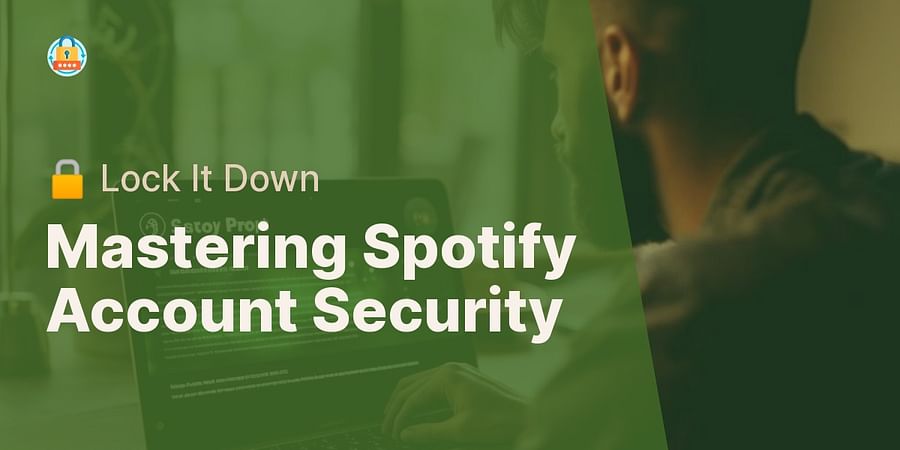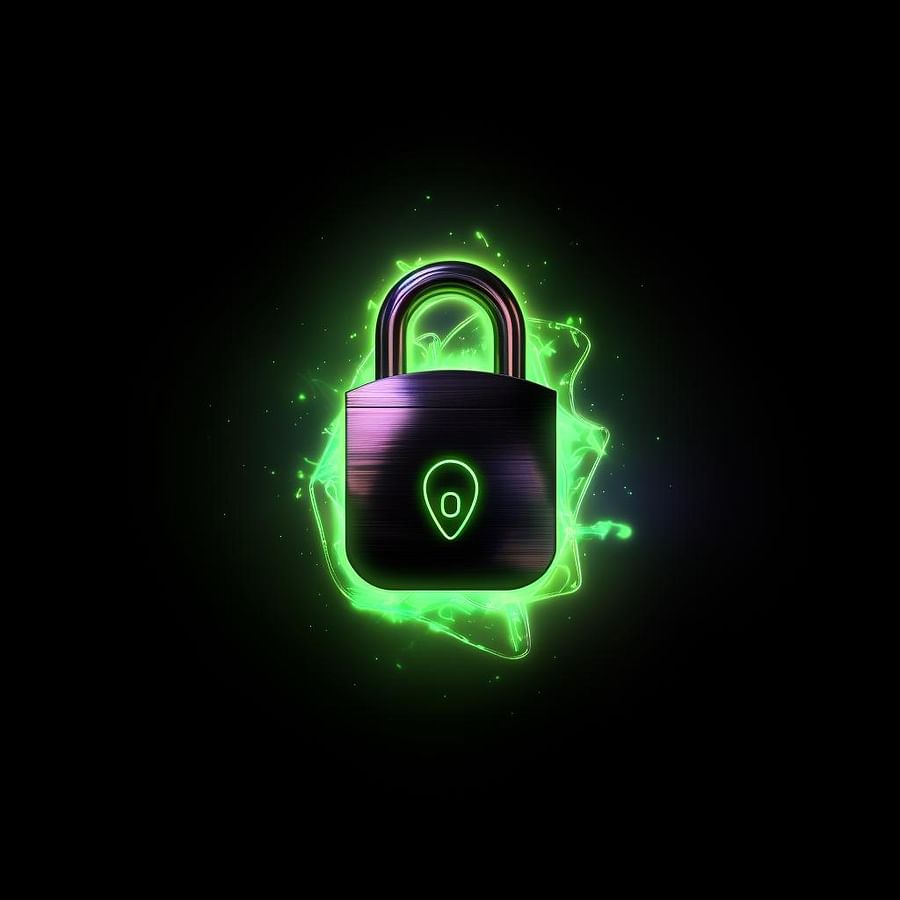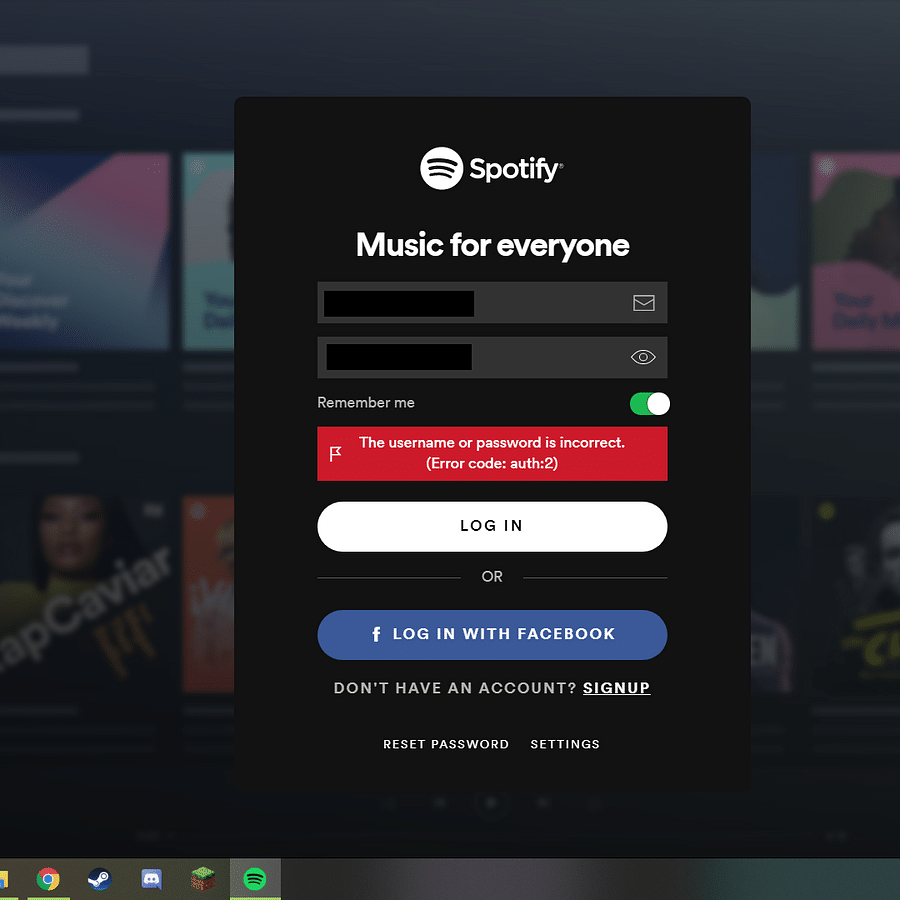Spotify Password Requirements Explained: How to Secure Your Account

Imagine this: You're prepped for a lengthy drive, your Spotify playlist is set to go, but wait! You can't log in. The anxiety builds as it dawns on you that you've misplaced your Spotify password. Feels like déjà vu? Don't worry. Spotify password troubles are quite common. And that's why we're here - to lend a helping hand. Ensuring your Spotify account is locked down goes beyond mere convenience; it's downright essential. As cyber threats multiply, familiarizing yourself with Spotify password essentials and the steps to reset your Spotify password is key. Think of it as a seatbelt for your digital music ride – it's all about safety! So, shall we get started with the ins and outs of Spotify password norms and how to maintain a secure account? Time to press play on this guide!
Just like leaving your front door unlocked, having a weak password for your Spotify account is an open invitation to trouble. From your favorite playlists being tampered with, to personal information being exposed, the risks are real and significant. On the flip side, a strong, secure password acts as a robust barrier, keeping your account safe from unwanted intrusions. It's not just about securing your taste in music, but also about protecting your privacy and personal data.
Ever wondered why some passwords get rejected during the setup process? That's because Spotify has specific password requirements in place to help fortify your account. These requirements, while sometimes seeming tedious, are essential in creating a secure digital fortress around your Spotify account. Just like you wouldn't use a paper lock on a steel door, why use a weak password for your valuable account?
But how do you erect this digital shield? Stick around as we break down the specifics of Spotify's password requirements and steer you towards constructing a secure password that abides by these rules.

Ever wondered why Spotify insists on those specific password requirements? It's not just to test your memory skills. Each requirement is a carefully designed safeguard to protect your account from potential breaches. Let's unpack these requirements and understand why they are crucial for securing your Spotify account.
For starters, Spotify insists on 8 characters at the bare minimum for your password. This isn't without reason. Lengthier passwords throw a wrench in the work of hackers aiming to guess or crack them. Furthermore, combining upper and lower case letters, numbers, and symbols isn't just to jazz things up. It's a tried and tested formula to conjure robust, distinctive passwords that can withstand routine hacking attempts.
Remember, a secure password is your first line of defense in the digital world. Just like you wouldn't use a weak lock on your front door, you shouldn't skimp on password security. Want to know more about creating a secure password? Check out our online security tips.
Having established the significance of a secure password, it's time to dissect the specific criteria for a Spotify password. These pointers are intended to assist you in crafting a password that's tough for others to decipher.
| Requirement | Description | Importance |
|---|---|---|
| Length | Your password must be at least 8 characters long. | Longer passwords are harder to crack. Each additional character increases the complexity exponentially. |
| Complexity | Include a mix of upper and lower case letters, numbers, and special characters. | Using a variety of character types makes your password harder to guess and less likely to be cracked by brute force attacks. |
| Uniqueness | Don't use a password that you've used on another site. | If one site gets compromised, any other accounts with the same password are also at risk. |
| Personal Information | Avoid using easily guessable information like your name, birthdate, or 'password'. | This type of information is often the first thing hackers will try. |
| Password Updates | Change your password periodically. | Regularly updating your password can help keep your account secure, even if a previous password was compromised. |
With the above table in mind, let's move on to how you can create a secure password that meets all of Spotify's requirements.
With a solid understanding of the role of a secure password and Spotify's specific guidelines, it's time to get to grips with how to shape a formidable password for your Spotify account.
Congratulations! You've now created a secure Spotify password. But what happens if you forget it? Don't worry, in the next section, we'll guide you on how to reset your Spotify password.
Now, let's get into the nitty-gritty of how you can reset your Spotify password if you've forgotten it. Follow the steps below to regain access to your account:
With these steps, you should be able to reset your Spotify password successfully. In the next section, we'll provide some screenshots to further illustrate this process.

Now, let's hit pause and reflect on the common pitfalls in the password creation process. Have you ever found yourself in a loop of resetting your Spotify password because you keep forgetting it? Or, have you been a victim of a hacked account due to a weak password? If so, you're not alone. Many users underestimate the importance of a strong, unique password, and end up facing Spotify account troubleshooting issues.
One common mistake is using overly simplistic passwords, such as "password123" or "qwerty". These can be easily guessed by hackers. Another pitfall is reusing passwords across multiple platforms. If one account gets compromised, all your accounts are at risk. Avoid these errors by creating a unique, complex password for your Spotify account. Need some guidance? Check out our password reset guide for tips and tricks.
Ever thought of adding an extra layer of security to your Spotify account? Here's why it's a smart move. Two-factor authentication (2FA) is like having a second lock on your digital door. It requires you to verify your identity using a second method, aside from your password. This drastically reduces the chances of someone gaining unauthorized access to your account. Even if a hacker manages to guess your password, they'll be stopped in their tracks without your second verification method. It's like having a guard dog in addition to your locked door. Interested in learning more about 2FA and other security measures? Check out our FAQ on digital security. Remember, securing your Spotify account is not just about following the Spotify password requirements, it's also about taking advantage of extra security measures.
As every note in a symphony plays a vital role, each character in your Spotify password is crucial to keep your musical world safe. You've seen the risks of a weak password - unwanted playlist edits, spammed friends, or even a hijacked account. But now, you're well-versed in Spotify's password requirements, ready to compose a secure password that harmonizes with Spotify's standards.
Remember, resetting a password isn't a punishment, but a measure to keep your account secure, like changing the locks on your front door. If you've forgotten your password, don't fret. You now have the knowledge to reset it, just like tuning your guitar. You're equipped to avoid common mishaps and even add an extra layer of security. So why wait? Secure your Spotify account now, and keep your playlist your own.
After all, isn't it better to dance to your own beat, rather than risk someone changing your tune?
Having run through the importance of devising a secure password for Spotify and adhering to their password regulations, we'll now tackle some common queries that may arise.
Remember, securing your Spotify account is crucial to protect your personal data and playlists. Don't take any chances - create a strong password and consider additional security measures like two-factor authentication.
Post a comment